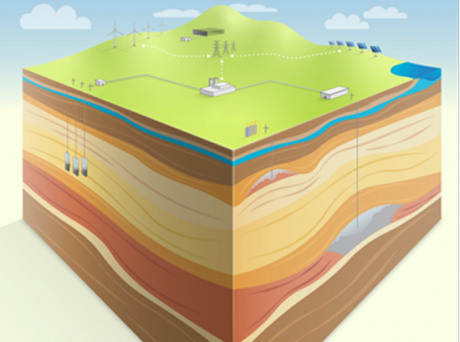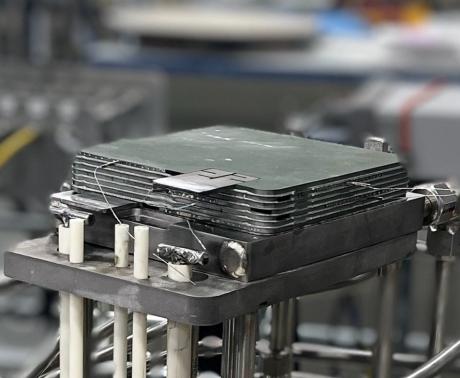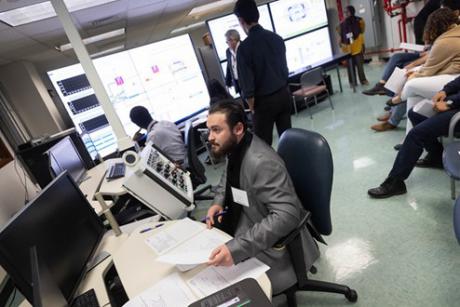Four Regional Initiatives (RIs) funded by the U.S. Department of Energy’s (DOE) National Energy Technology Laboratory (NETL) are augmenting previous nationwide efforts to identify and address challenges facing stakeholders for commercial deployment of carbon capture, utilization and storage (CCUS), a key component to realizing a decarbonized power sector and economy.
WASHINGTON — The U.S. Department of Energy’s (DOE) Office of Fossil Energy and Carbon Management (FECM) today announced up to $30 million for the development of advanced technologies to reduce or eliminate the need for natural gas flaring at oil production sites, a known source of methane emissions, by converting unused and otherwise wasted natural gas produced at those operations into value-added products such as sustainable chemicals and fuels.
An innovative technology that transforms carbon-rich materials including coal and coal-wastes into high quality graphene for use in a wide range of products is closer to reality as a result of support from NETL — progress that could have positive implications for a wide array of materials that are a part of everyday life.
NETL’s Michael Buric, Ph.D., will discuss the use of the Lab’s Raman Gas Analyzer — a laser and waveguide-based system to determine the composition of hydrogen fuel gas blends transported in pipelines — at a webinar set for 10 a.m. EDT Friday, Sept. 8.
An NETL and University of Pittsburgh research team demonstrated how the use of plasmonic nanomaterials (pNPs) and porous polymer composite coating in optical fiber sensing technologies can detect energy-relevant gases, such as carbon dioxide (CO2) and
Four NETL researchers have been recognized by Research.com, an international ranking organization, as being among the best scientists in the world in the fields of chemistry, earth science, and engineering and technology.
Using carbon fiber, thermoplastic resin and state-of-the-art computer design techniques, a team of researchers led by Clemson University, in cooperation with NETL, has developed a lightweight vehicle door that boosts fuel efficiency while still meeting federal safety requirements.
The project team reduced the weight of a steel door by 32% and then subjected the door to a battery of tests to ensure it complied with Federal Motor Vehicle Safety Standards and safety requirements set by Honda, another project partner.
Technology developed by OxEon Energy with support from NETL is building upon earlier extraplanetary success to create a stable, robust and low-cost system capable of producing hydrogen at high pressures — an important step toward the commercialization of clean energy devices.
Next-generation engineers and scientists who served internships at NETL, two other national laboratories, and four universities to study hybrid resilient energy systems converged in Morgantown, West Virginia, recently to share presentations on their work as part of the Consortium of Hybrid Resilient Energy Systems (CHRES) Technical Forum.
WASHINGTON — In support of President Biden’s Investing in America agenda, the U.S. Department of Energy (DOE) announced up to $30 million to help lower the costs of the onshore production of rare earths and other critical minerals and materials from domestic coal-based resources. The funding, provided by the Bipartisan Infrastructure Law, will help meet the growing demand for critical minerals in the United States, while reducing our reliance on offshore supplies. Rare earths and other critical minerals are key to U.S.














